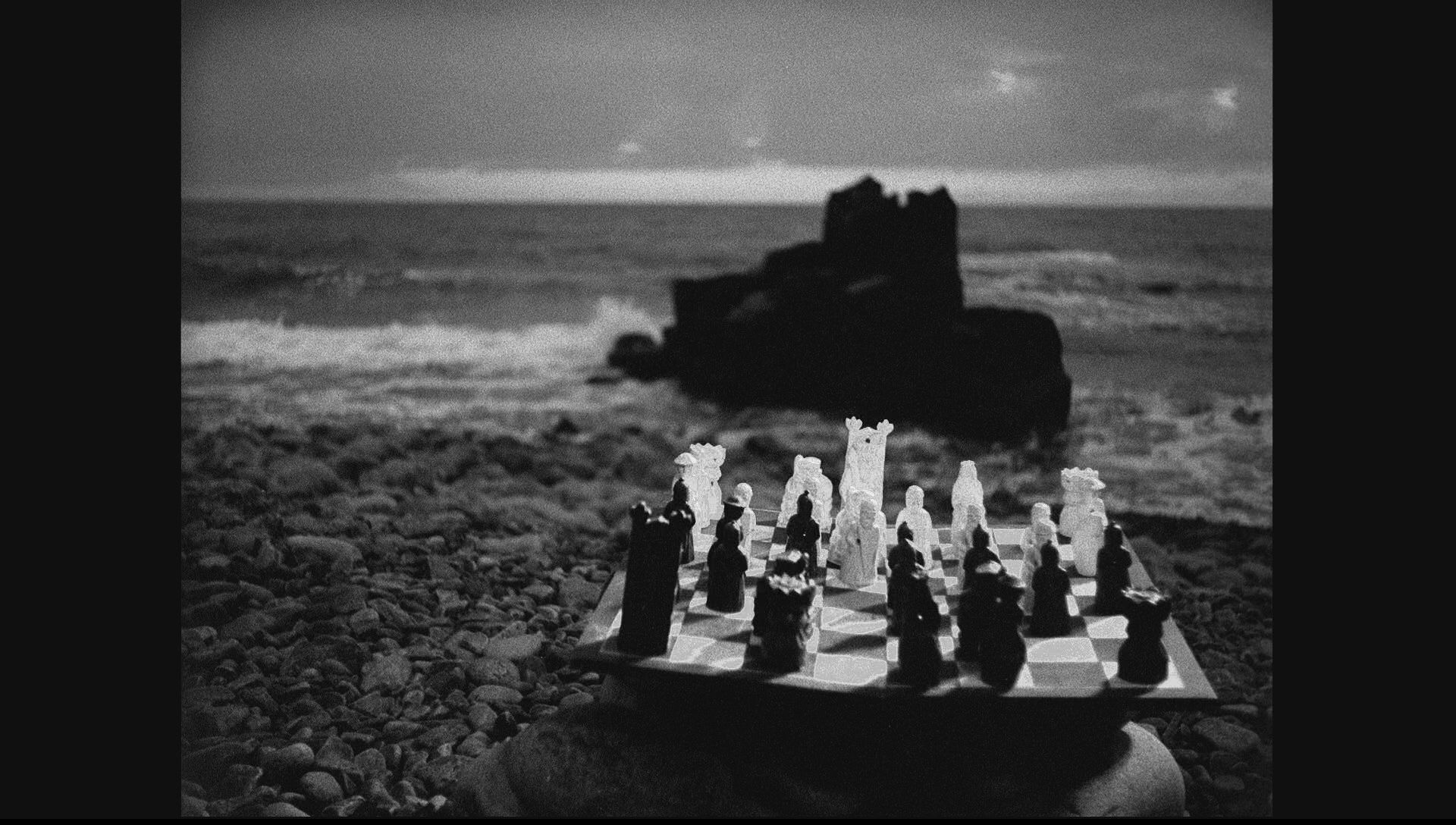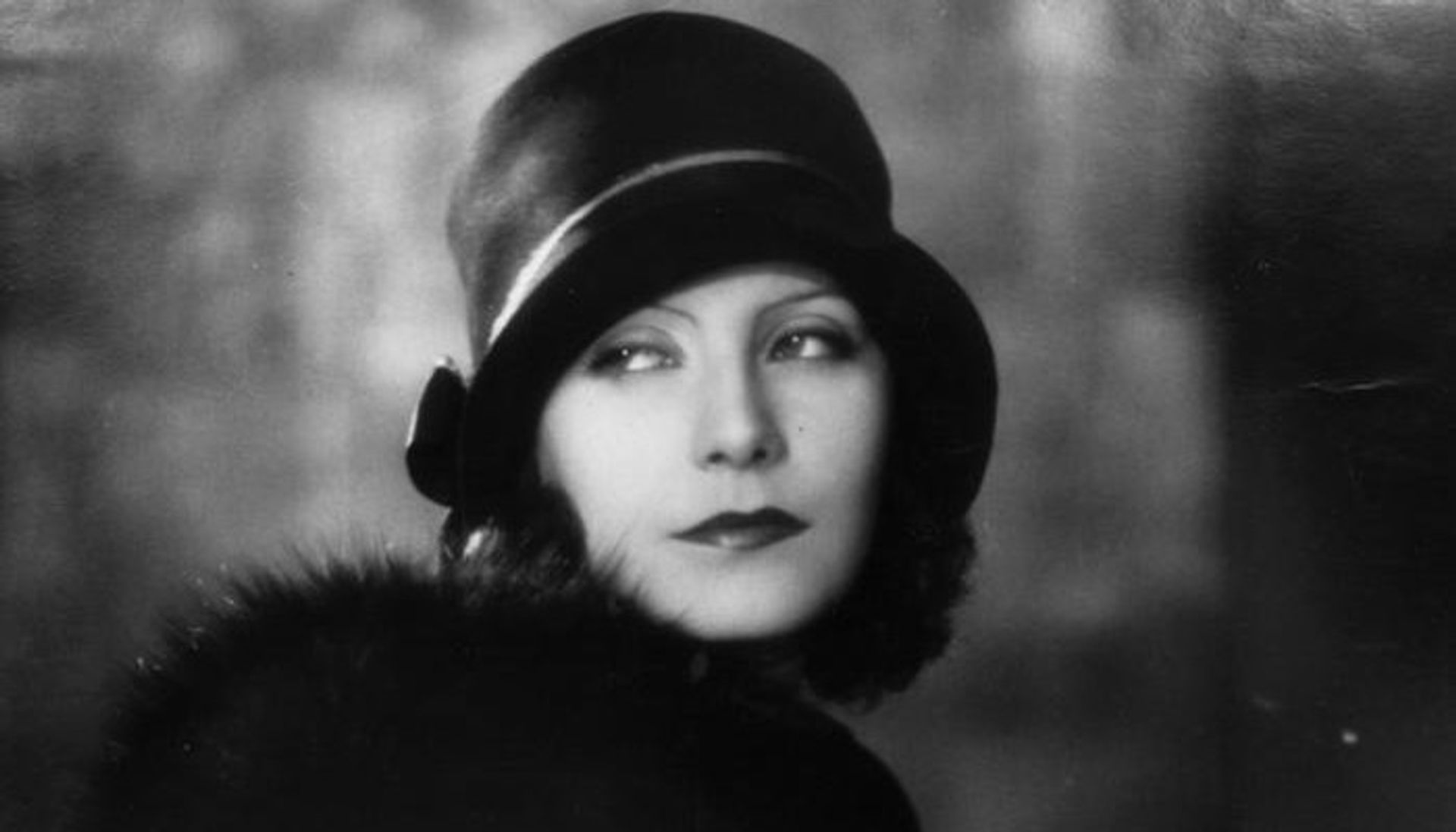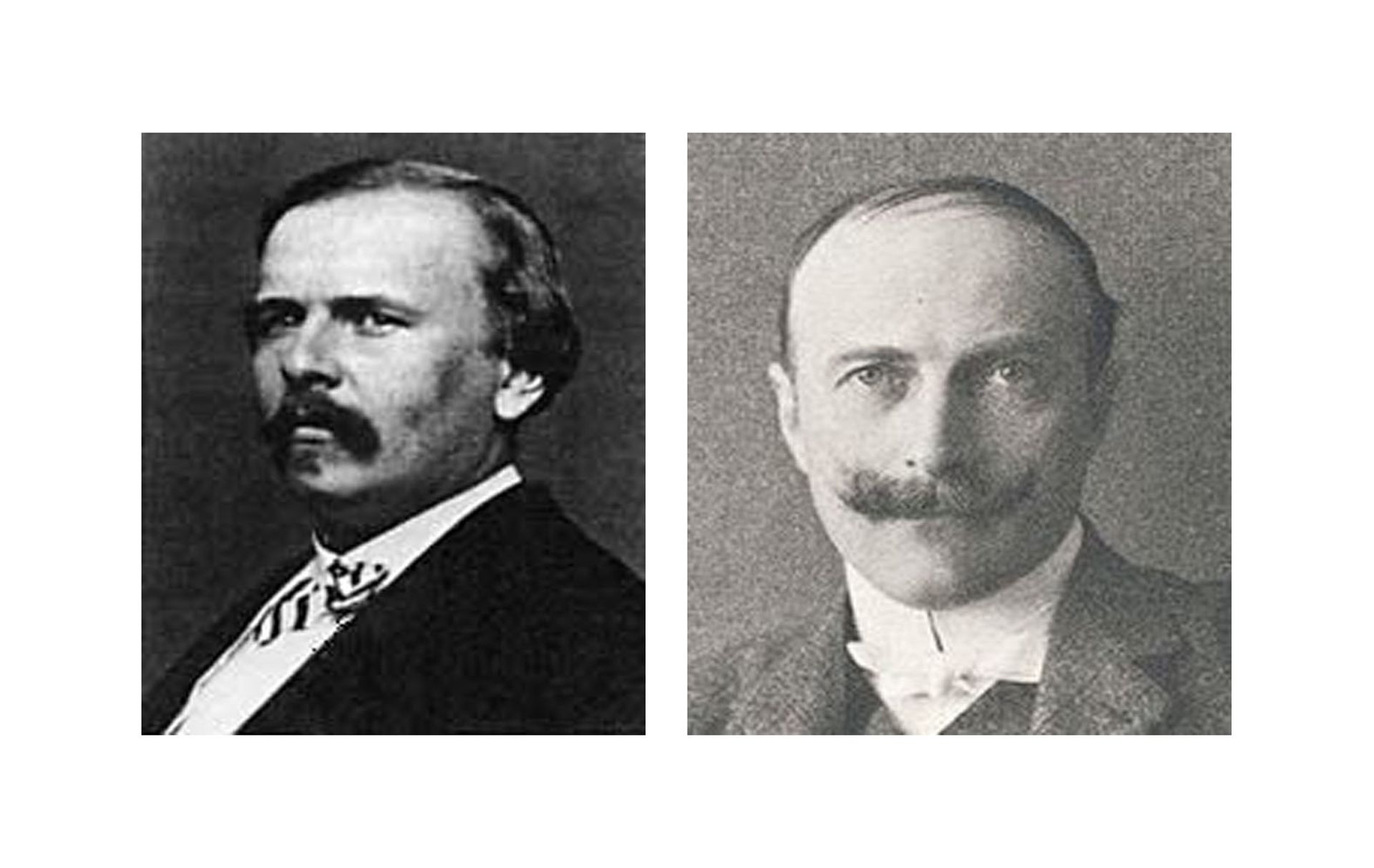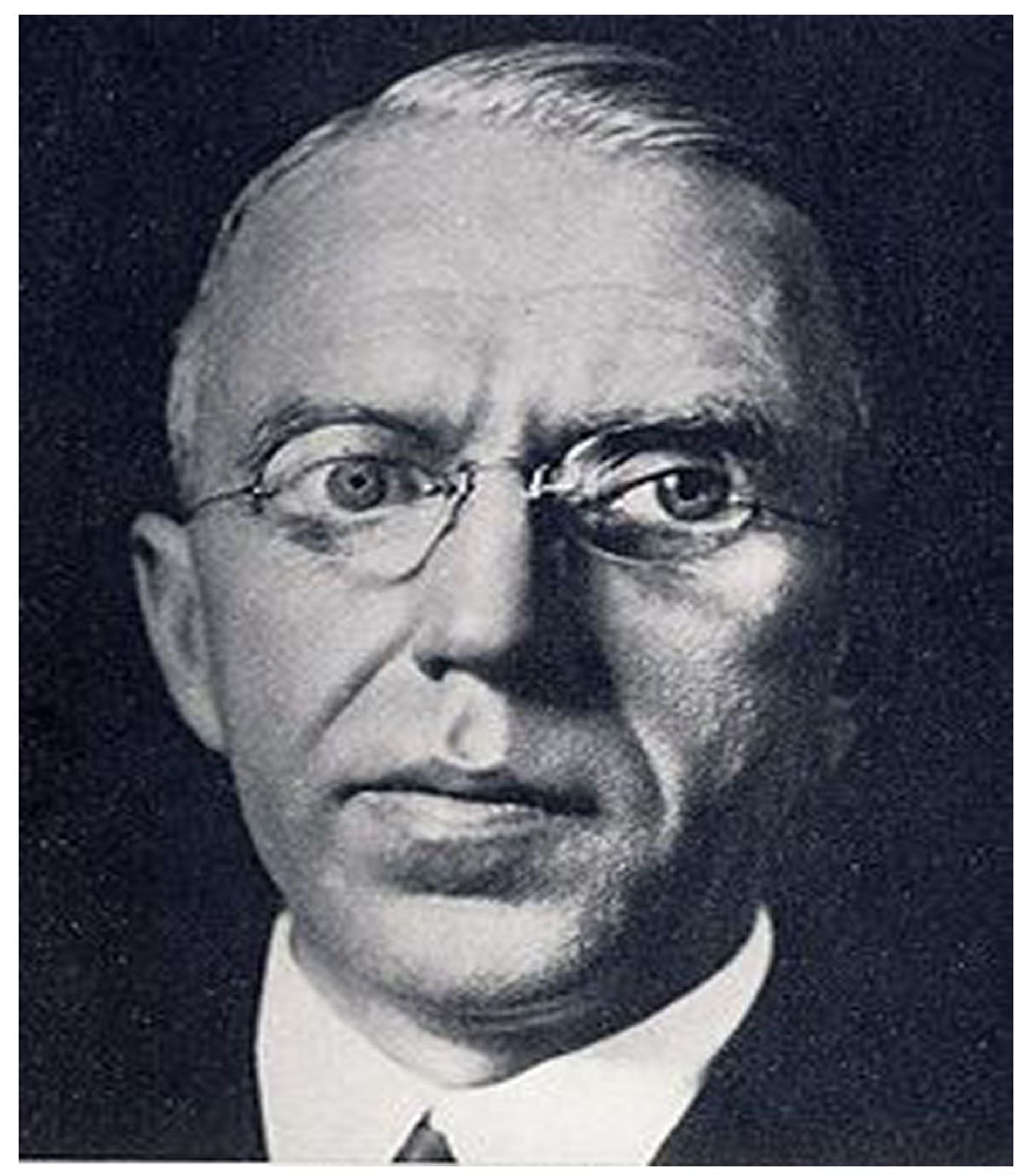
Written by Francesco
21 Mar 2017
Some weeks ago I had the chance to write a post about the Göteborg Film Festival, meant for not only highlighting the main features of the event, but also as an expression of my passion regarding the cinematic world. I’ve decided to give more room to this passion, by combining it with my experience in Sweden; that’s why this piece is the first one of the series called “Lights, camera, action! – Brief history of the Swedish cinema”.
It’s been a while that I’ve wanted to get to know better the cinematic reality of this Scandinavian country. Of course I’ve heard about Ingmar Bergman – probably one of the most famous Swedish (and worldwide) filmmakers. What I ignored was that behind his name there is as well a huge legacy of filmmakers and actors that made Swedish cinema remarkably rich and well-known at an international level.

Greta Garbo, one of the first famous Swedish actresses, known worldwide. Source: www.cameralook.it
Over the course of the past two centuries, Sweden has gone through different phases of its history. As many countries between the end of the 19th and the outset of the 20th century, the overall economic and societal situation was mostly shaped by an agrarian perspective, strictly linked to the precepts of the Lutheran Protestantism. This was the context in which the first public projection took place, precisely in Malmö, in 1896. From that moment on, people working in the cinema industry would have played a fundamental role within the Swedish society.
Numa Wilhelm Peterson and Ernest Florman are the very first two names that we have to keep in mind when it comes to dealing with the dawn of the Swedish cinema. Both of them collaborated and gave birth to the first production, a collection of newsreels. But in 1897, Peterson, who was the owner of photographic supplier companies, produced “”, made by Florman. Swedes were in front of the first-ever Swedish film drama. Other short films came up, among these the one called “ ()”, a particular one because its aim was to recreate an old 17th century Stockholm setting; proper costumes were also used, by the way.

Numa Peterson and Ernest Florman. Source: http://www.victorian-cinema.net
In less than ten years, a cinematic mania pervaded the entire country. Many towns started establishing their own cinemas. One of the outcomes was also the foundation of a film production company by a bookkeeper, Gustav Bjösrkman, and his boss Nils Hansson Nylander, in 1905. Starting being active from two years later, the AB Svensk Biografteatern was essential in giving the push to a new era of the Swedish cinema, renowned as “The golden age”.
Are you still there? I know, too many historical facts and names that you (probably) have never heard of before, but hey: this is how the fascinating process that led to Ingmar Bergman and other famous personalities began – and I hope I can convey that feeling to you, since along with the passion for cinema, I’m mixing the one regarding history, too. So, let’s not lose the thread, going towards the end of the first part of this series of pieces full of past memories, old cameras and black&white backgrounds.
Where were we? Yes, a new film production company was born. Apparently, they were missing one important member, one capable of managerial skills and creativity. Here came the moment of Charles Magnusson, another name to remember. Known for his ability to film important public events in Denmark and Sweden, he started building an image in the relative business. He owned a laboratory and some cinemas in Gothenburg, the city where he came from. In 1908, the choice of Svensk Biografteatern could not be other than signing Magnusson. That turned out to be a decisive moment for the new established industry.

Charles Magnusson. Source: Wikipedia
We’ll have the chance to talk a bit more about what Magnusson did in order to boost the film industry, and we’ll see that his management will prove to be extremely crucial to the development of what it was defined as the aforementioned “golden age” of the Swedish cinema.
Stay tuned for the second part of the series “Lights, camera, action!”. To be continued…
Featured image: “The Seventh Seal”, by Ingmar Bergman. Source: http://www.originalprop.com/blog/2009/09/28/chess-pieces-from-ingmar-bergmans-the-seventh-seal-sold-by-bukowskis-in-sweden-for-144000-today-2/
Main sources: http://www.academia.edu/5943663/A_short_history_of_Swedish_cinema, https://swedishfilmshollywoodremakes.wordpress.com/further-readings-2/sweden/swedish-cinema-the-silent-era/





